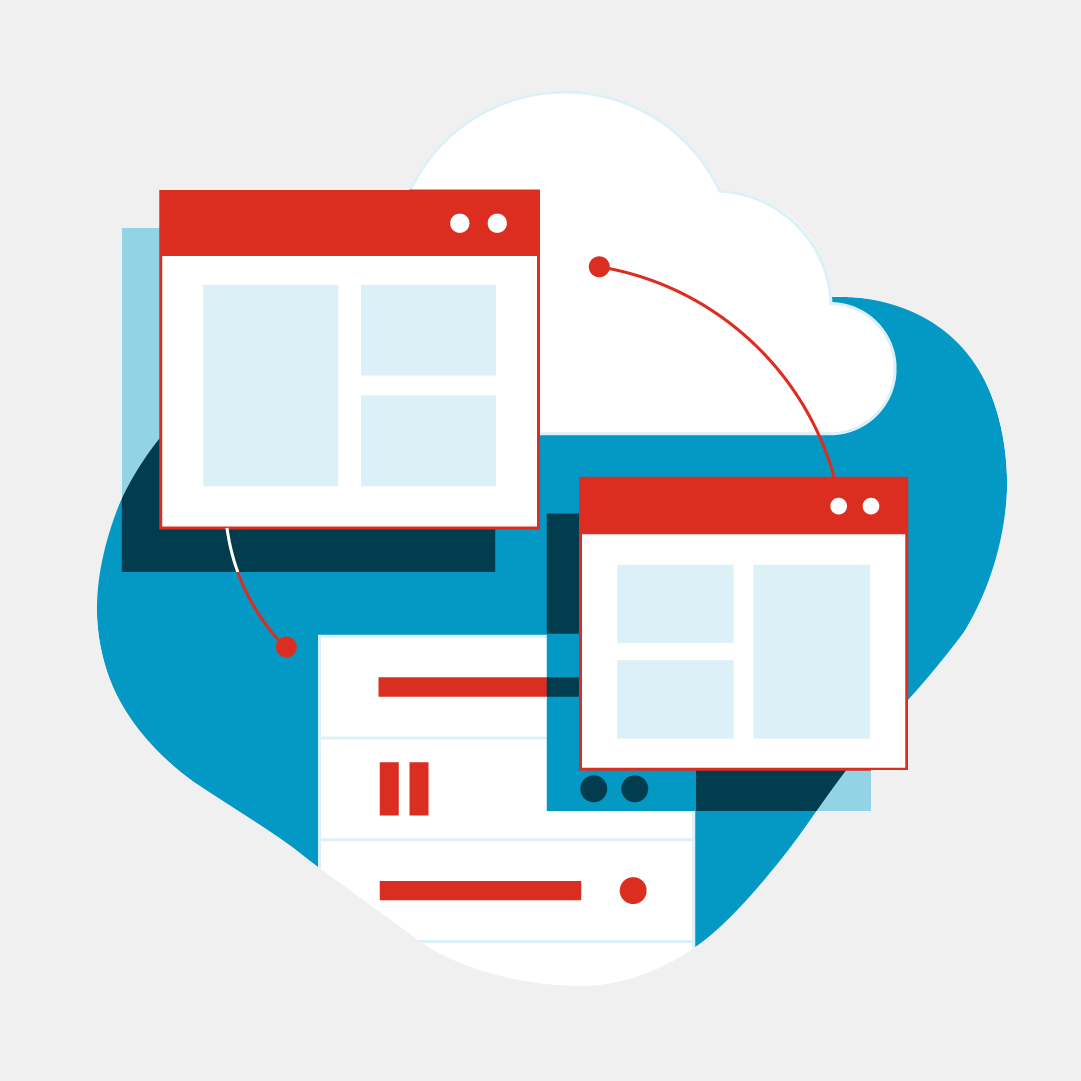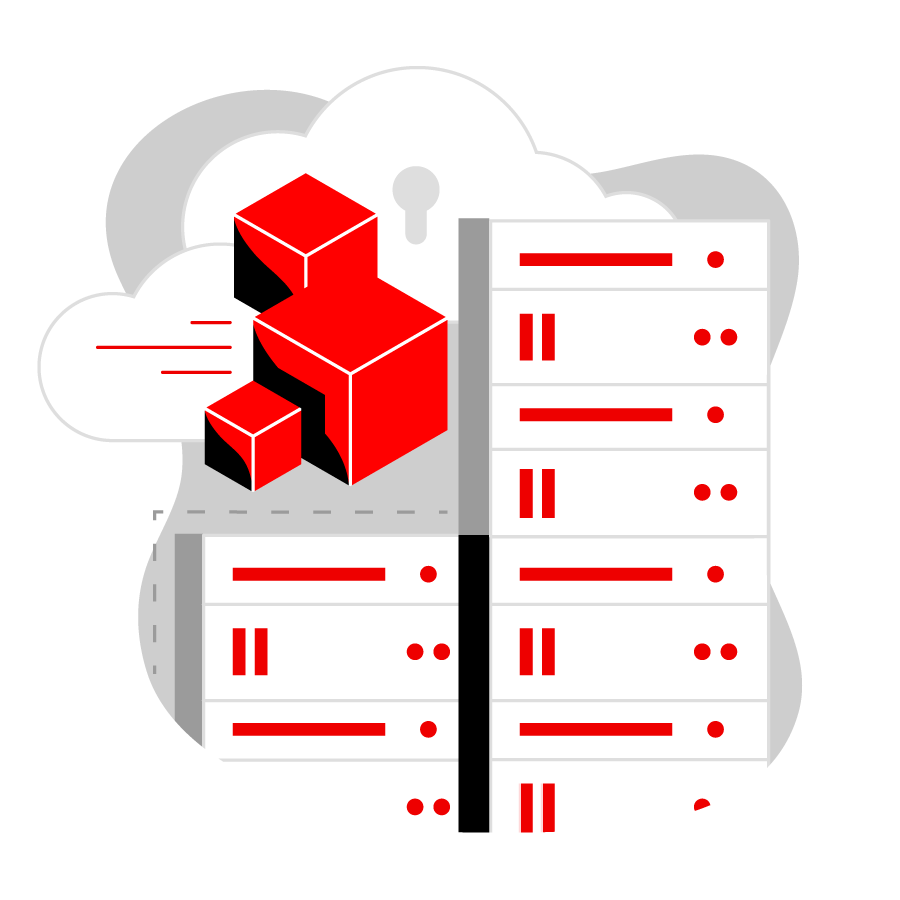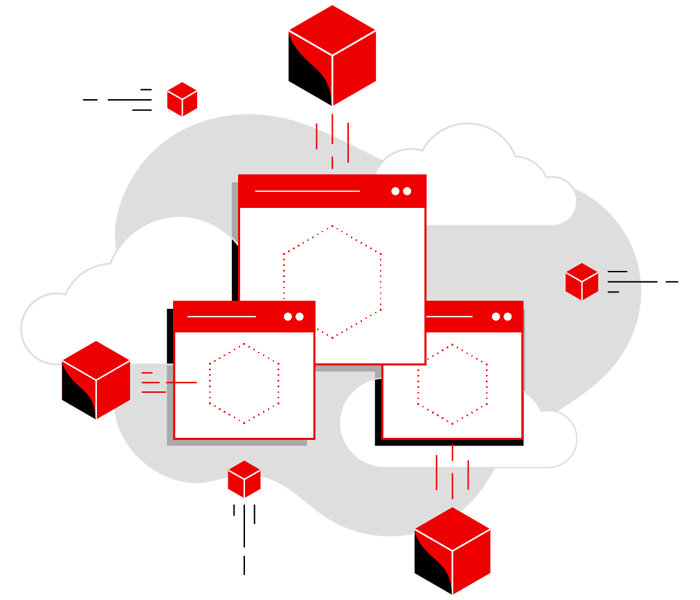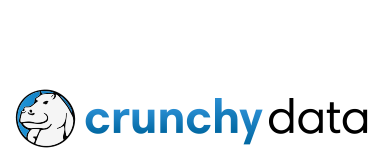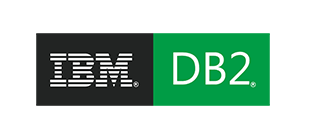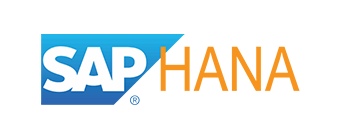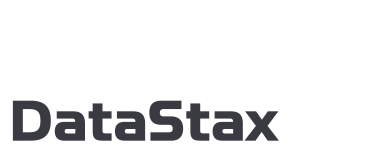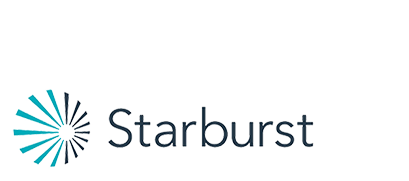Data Partner Ecosystem Solutions
Build a data foundation that transcends on-premise and cloud boundaries
Extract more value from your data
Every application needs modern databases to handle and process data. Organizations creating hybrid, cloud-native applications have new data requirements and are implementing artificial intelligence (AI) and machine learning (ML), analytics, and business intelligence solutions against that data.
Red Hat works closely with our partner ecosystem for data workloads to test, certify, and integrate the technologies you need to support modern use cases and diverse data models so you can build use case-driven, scalable, cloud-native applications.
Why a modern data stack is important
Data is growing rapidly—in volume as well as velocity, variety, complexity, and connectedness—creating a need for more and different types of databases. New cloud-native applications have requirements that a single type of database alone can’t provide, like the ability to store massive amounts of new types of data, process millions of requests per second with millisecond latency, and scale to support millions of users around the world.
Moving your database to a hybrid cloud container platform gives you greater flexibility via:
- Alignment of database and application strategies.
- Flexibility, scalability, and portability to deploy and move between any cloud or on-premise environment.
- One standard experience for developers, without worrying about where the database resides.
- A container platform that lets you break applications into microservices as you see fit.
Solution overview
Adopt an open, adaptable database architecture
Building an open, adaptable database architecture can help you build use case-driven, highly scalable, and distributed applications, but it requires several key technologies, including:
- Tools to ingest, process, and analyze data from a variety of sources to deliver insights.
- Databases, data lakes, and data warehouses to store data for use in cloud-native applications.
- Container and Kubernetes platforms to provide a consistent foundation for deploying databases, data analytics tools, and cloud-native applications across infrastructures as well as self-service capabilities for developers and integrated compute acceleration.
- Consistent and software-defined infrastructure to provide resources across hybrid cloud environments—including datacenter, public cloud, and edge—for all stages of cloud-native application development and deployment.
Red Hat offers a leading container and Kubernetes platform and consistent, software-defined infrastructure along with strong integrations with database partners. Red Hat works closely with data ecosystem partners to certify integrations with Red Hat® OpenShift®, Red Hat Enterprise Linux®, Red Hat OpenShift Data Foundation, Red Hat Application Services, and Red Hat Ansible® Automation Platform, so you can focus on creating value from your data.
Use an enterprise container platform
Red Hat OpenShift integrates with a large selection of database and data analytics products from ecosystem partners like Couchbase, Crunchy Data, Cloudera, Microsoft, and MongoDB, as well as open source technologies like Apache Kafka and Apache Spark. These partners offer certified Kubernetes operators with OpenShift to simplify deployment and provide a life cycle management experience. Deploying data workloads on Red Hat OpenShift gives you:
- Agility—Deploy and manage modularized databases anywhere with speed, allowing faster project execution and more frequent updates.
- Elastic scaling—Dynamic scaling of compute resources lets you meet the changing needs of database workloads.
- Consistency and portability—Containerize once, deploy and move anywhere. Red Hat OpenShift deploys all cloud-native application components—including databases—on a unified platform that works consistently across all development, test, and production environments and application life cycle phases.
- Automated operations—Kubernetes Operators and Helm charts automate Day 1 and Day 2 operations like deployment, updates, scaling, and backup to provide a life cycle management experience, allowing developers and database administrators to focus on more project-centric tasks. Operators can be procured and deployed easily from the Red Hat Marketplace.
Blog
OpenShift, Databases and You: When to Put Containerized Database Workloads on OpenShift
Tech Topic
Databases and Data Analytics on Red Hat OpenShift
Transform your business with consistent and software-defined infrastructure
Partners
Build your data applications with Red Hat’s ecosystem
Relational database partners
Relational databases like Microsoft SQL Server and MySQL store data in tables with defined relationships between rows, columns, and cell locations. They provide high integrity, accuracy, and consistency and are useful for e-commerce applications, traditional applications, enterprise resource management (ERM), customer relationship management (CRM), finance, operational databases, and data warehousing.
CockroachDB
CockroachDB is a cloud-native, distributed SQL database. It implements a standard, developer-friendly SQL interface and provides linear, automated scale for your data without the labor-intensive overhead of manual sharding.
Read: CockroachDB page in Red Hat Marketplace
Read: How OpenShift and CockroachDB Help Apprentice Electricians
Crunchy Data
Crunchy PostgreSQL for OpenShift includes Crunchy PostgreSQL Operator and Crunchy PostgreSQL Container Suite supporting hybrid cloud, open source PostgreSQL-as-a-Service.
Read: Crunchy PostgreSQL page in Red Hat Marketplace
Watch: Enabling hybrid cloud database-as-a-service with Crunchy PostgreSQL
NoSQL database partners
Non-relational databases store data in a flexible, non-tabular form that supports more diverse types of data. There are a number of models that are purpose built to handle different types of data and processing. Examples include key value stores for fast read/write commonly used in high-traffic websites and e-commerce, search engine databases for search-related use cases, in-memory databases for use cases requiring submillisecond latency like geospatial and real-time analytics, document for catalog and content management use cases, wide column for highly scalable translation logs useful in use cases like equipment maintenance and fraud detection, graph for highly connected use cases like recommendation engines, and time series designed for time-stamped data in use cases like IOT or industrial telemetry.
Elastic
Elastic is a distributed, open source search and analytics engine for all types of data, including textual, numerical, geospatial, structured, and unstructured. Known for its simple REST APIs, distributed nature, speed, and scalability, Elastic is the central component of the Elastic Stack, a set of open source tools for data ingestion, enrichment, storage, analysis, and visualization.
Read: Elasticsearch page in Red Hat Ecosystem Catalog
Read: Run Elastic Cloud on Kubernetes on Red Hat OpenShift
Read: Elasticsearch (ECK) Operator page in Red Hat Ecosystem Catalog
Read: ArangoDB page in Red Hat Ecosystem Catalog
Redis
Redis is a robust, in-memory database platform built by the same people who develop open source Redis. It maintains the simplicity and high performance of Redis and adds many enterprise-grade capabilities for companies running their business in the cloud, on-prem, and hybrid models. Redis provides real-time performance with linear scaling to hundreds of millions of operations per second, while providing local latency in a global active-active deployment with 99.999% uptime.
Read: Redis Enterprise Software page in Red Hat Marketplace
Couchbase
Built on powerful NoSQL technology, Couchbase Server delivers performance at scale, in any cloud. With features like memory-first architecture, geo-distributed deployments, and workload isolation, Couchbase Server excels at supporting mission-critical applications at scale while maintaining submillisecond latencies and 99.999% availability.
Read: Couchbase Server Enterprise Edition page in Red Hat Marketplace
Read: Couchbase Autonomous Operator page in Red Hat Ecosystem Catalog
Watch: Modernize data workloads using Couchbase on Red Hat OpenShift
MongoDB
MongoDB is a flexible, scalable document database. MongoDB stores data in JSON-like documents that match the objects in your application code. Documents are flexible so your fields can vary from document to document, and you can change the structure of your data without complex schema migrations. MongoDB is designed with a distributed systems approach, so it's easy to scale up or out as your deployment grows.
Read: MongoDB page in the Red Hat Ecosystem Catalog
Watch: MongoDB enterprise data services on Red Hat OpenShift
DataStax
Built on Apache Cassandra, DataStax Enterprise accelerates cloud-native and bare-metal performance, supports more workload types from graph to search and analytics, and improves user productivity with Kubernetes and APIs. DataStax Enterprise allows you to build transformational data architectures for applications, microservices, and experiences that require data sovereignty, availability, scale, and accessibility by any user.
Read: DataStax Enterprise page in Red Hat Marketplace
Data ingest, aggregation, virtualization, and processing partners
Data ingestion and aggregation refers to collection and streaming data from various sources and moving it to a destination (database, data lake, data warehouse), as well as real-time data movement. Data virtualization provides a unified view of data from various sources and databases. Data processing is in-stream and batch processing to connect data sources, in-place query, data cleansing, and data preparation.
Cloudera
Cloudera Data Platform (CDP) Private Cloud aggregates and visualizes data to deliver actionable insights in a security-focused, open source environment, saving time and money and improving data-driven decision making.
Watch: Cloudera and Red Hat partnership overview
Watch: Become the data-driven company you've always envisioned
Watch: CDP Private Cloud: A modern data platform, built on Red Hat OpenShift
Starburst
Starburst Enterprise platform provides distributed query support for varied data sources, including NoSQL systems, SQL databases, data warehouses, and data sources. It’s a fully supported, production-tested, and expanded distribution of the open source Trino query engine and is built to provide query security, performance, and connectivity to meet the needs for big data access at scale.
Read: Starburst Enterprise on Red Hat OpenShift
Watch: Get a single point of access to all your data
Watch: Starburst Enterprise on Red Hat OpenShift
Read: Starburst Enterprise page in Red Hat Marketplace
Lightbend
Lightbend Akka Streams Cloudflow in the Akka Platform provides a set of integrated open source technologies featuring all the tools and documentation you need to create streaming data pipelines, perform real-time data analytics, serve machine learning models, and build machine learning pipelines on Red Hat Openshift.
Read: Lightbend Akka Platform Operator page in Red Hat Marketplace
Read: Lightbend Platform Operator page in Red Hat Ecosystem Catalog
Read: Lightbend page in Red Hat Ecosystem Catalog
Read: Lightbend Reactive Platform
Watch: OpenShift Commons briefing on Lightbend
Data management partners
Hybrid cloud data management to move data efficiently across public and private cloud.
NetApp
NetApp’s innovative open source technologies include enterprise storage solutions combined with Red Hat OpenStack® Platform, Red Hat OpenShift, Red Hat Ansible Automation Platform management and orchestration tools, and solutions built on converged infrastructure. NetApp achieves its objectives in delivering uninterrupted data protection to Kubernetes-native applications running on one or more Red Hat OpenShift clusters running on-premise or across datacenters. The Ansible and NetApp integration provides idempotent provisioning.
Watch: Red Hat on NetApp HCI
Watch: Backup your data and apps for Kubernetes with NetApp Astra
Portworx
Portworx Enterprise is full-featured container data services for DevOps and the enterprise. Portworx Enterprise pools existing servers, storage area networks (SANs), network-attached storage (NAS), direct-attached storage (DAS), and cloud instances to create an integrated storage cluster and provide data services directly to containers. Portworx Enterprise Operator manages the install and upgrade workflow of all components that make up the Portworx Data Platform. PX-Store provides built-in high availability for all stateful applications and allows failed pods to recover in seconds. PX-Security is a critical component of the Portworx Platform that provides container-granular role-based authentication, authorization, and ownership in addition to encryption.
Watch: Backup and recovery solutions for mission-critical apps on Red Hat OpenShift
Read: Portworx Enterprise Operator on Red Hat OpenShift
Read: How Pure Storage simplifies Kubernetes data management
Resources
You might also like:
Unleash data across your organization
Visit the ISV partner page to find certified and supported partner solutions across a range of use cases.

